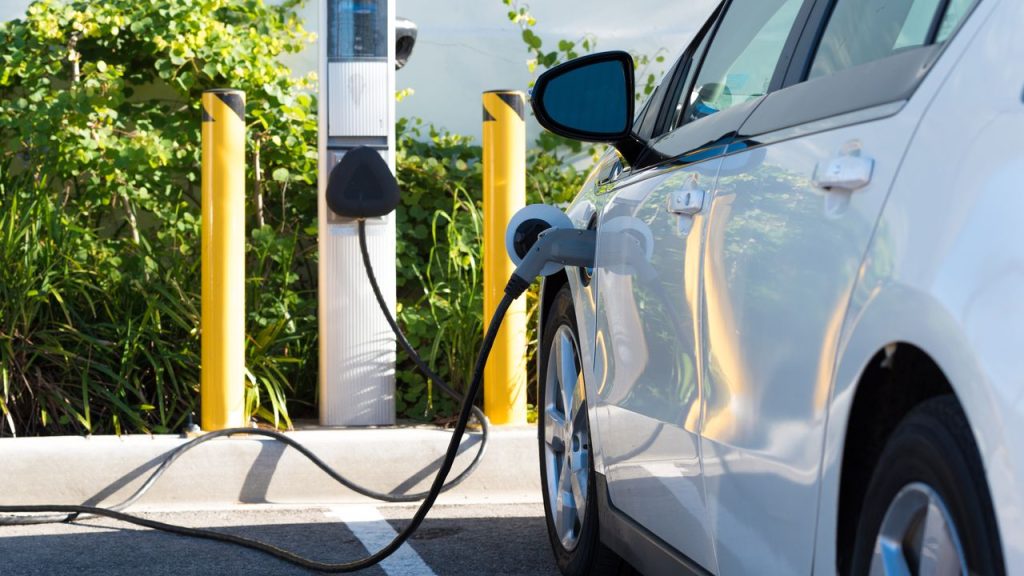Integrating EV Charging Platforms: Unlocking the Power of Third-Party Integrations
As the world transitions towards sustainable transportation, electric vehicles (EVs) are becoming increasingly popular. With the rise in EV adoption, the need for efficient and scalable charging infrastructure is more important than ever. This is where EV charging platforms come into play, providing a seamless and convenient charging experience for EV owners. But what sets apart a great charging platform from the rest? The answer lies in its ability to integrate with various third-party systems, energy management systems, and backends.
Why Third-Party Integrations Matter
Third-party integrations enable EV charging platforms to connect with other systems and services, expanding their functionality and enhancing the user experience. By integrating with popular navigation apps, for example, charging platforms can provide real-time directions to the nearest available charging station, making it easier for EV owners to plan their journeys.
Additionally, integrating with payment gateways allows charging platforms to offer secure and convenient payment options, such as mobile wallets or credit card payments. This eliminates the need for users to carry cash or worry about the availability of charging station-specific payment cards.
Moreover, integrating with EV manufacturers’ apps or platforms enables seamless communication between the vehicle and the charging station. This integration allows EV owners to monitor charging progress, receive notifications, and even schedule charging sessions remotely.
Energy Management System Integration
Energy management system integration is another crucial aspect of EV charging platforms. By integrating with energy management systems, charging platforms can optimize the charging process based on the availability of renewable energy sources or off-peak electricity rates.
For instance, during periods of high renewable energy generation, the charging platform can prioritize charging EVs using clean energy sources, reducing their carbon footprint. Similarly, by leveraging off-peak electricity rates, the platform can encourage users to charge their vehicles during non-peak hours, benefiting both the grid and the EV owners.
Backend Integration: The Backbone of Charging Platforms
Backend integration is the backbone of any charging platform. It involves integrating with various backend systems, such as customer relationship management (CRM) systems, billing systems, and data analytics platforms.
By integrating with CRM systems, charging platforms can provide personalized user experiences, offering tailored recommendations and promotions based on individual preferences and charging history. This not only enhances customer satisfaction but also helps charging platform operators build long-term relationships with their users.
Furthermore, backend integration with billing systems ensures accurate and transparent billing for EV owners. Charging platforms can generate detailed invoices, track usage, and provide real-time cost estimates, making it easier for users to manage their charging expenses.
Data analytics platforms play a crucial role in backend integration as well. By integrating with these systems, charging platforms can collect and analyze data on charging patterns, user behavior, and energy consumption. This valuable data can be used to optimize charging infrastructure planning, identify potential issues, and improve overall system performance.
Conclusion
Integrating EV charging platforms with third-party systems, energy management systems, and backends is essential for unlocking their full potential. These integrations enable charging platforms to provide a seamless and personalized user experience, optimize energy usage, and streamline backend operations.
As the EV market continues to grow, the importance of integration capabilities cannot be overstated. Charging platform operators must prioritize partnerships and collaborations to ensure their platforms remain competitive and meet the evolving needs of EV owners.


